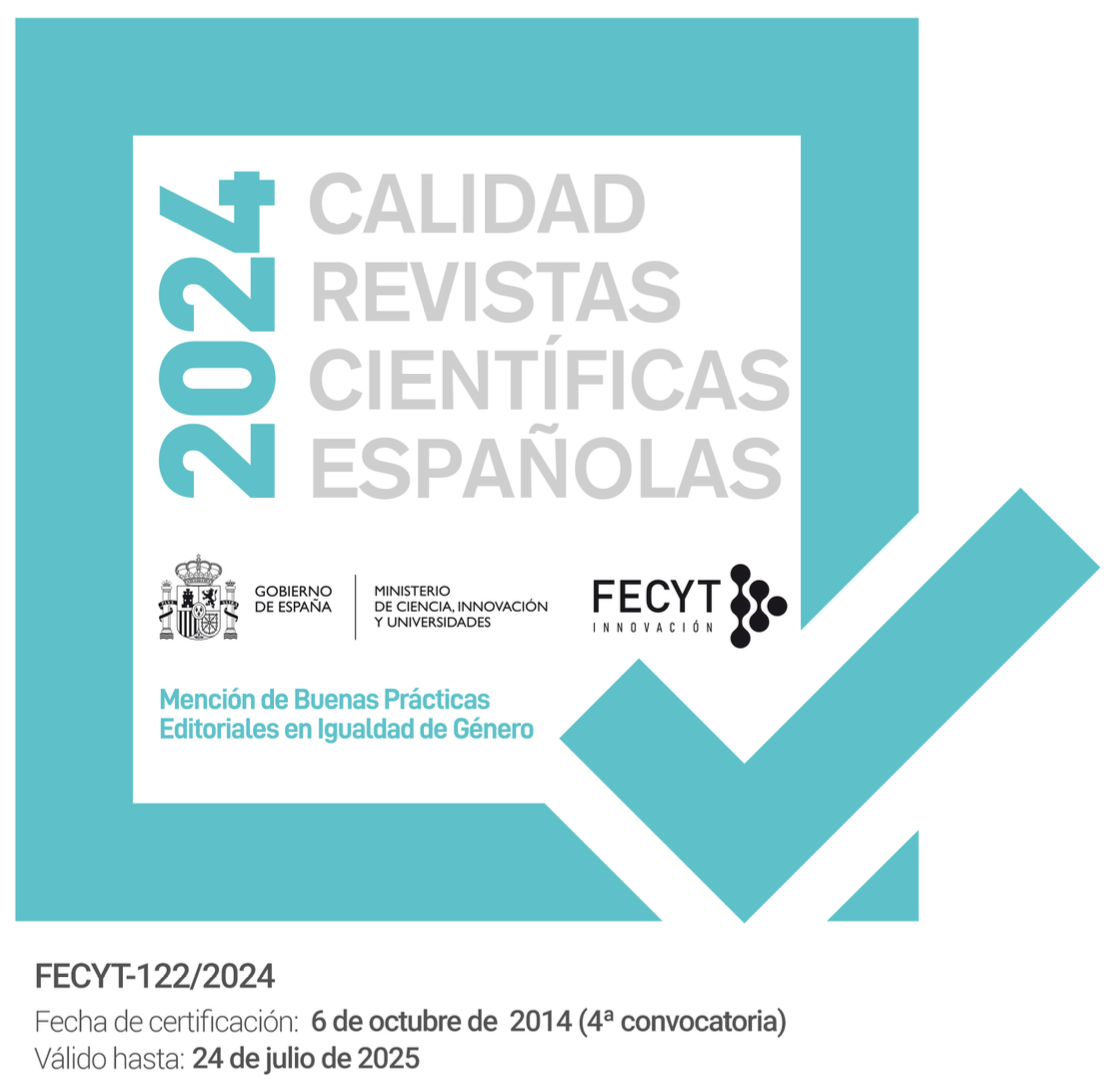"You": A Girl amidst Images and Sounds of Adult Violence in Joyce Carol Oates’s Rape: A Love Story
DOI:
https://doi.org/10.28914/Atlantis-2021-43.2.08Abstract
Teena Maguire and her child, Bethie, are brutally attacked and beaten by a mob of violent young men in a park at night. While the mother is gang raped and nearly killed, the daughter is both the witness and the victim of physical and psychological violence. Through its innovative second-person narration, Joyce Carol Oates’s novella Rape: A Love Story (2004) contributes to her sustained interest in family relationships, violence, crime and justice. However, rather than focusing on the victim of the rape, Oates writes a coming-of-age story that explores the daughter’s trauma, posttraumatic stress disorder and fight for survival, a struggle that coincides with the girl’s critical passage from childhood to adulthood. During the months after the assault, Bethie’s innocence is also repeatedly violated by the aggressors’ intrusion into her life and the hostility of the community in the town of Niagara Falls and its social institutions, such as police, school, media, healthcare and the judicial system. Unable to cling to girlhood or to find maternal protection, her forced witnessing of her mother’s gang rape compels Bethie to mature too early while experiencing her first love for a man.
Downloads
References
Angelou, Maya. (1969) 2009. I Know Why the Caged Bird Sings. New York: Random House.
Atilla, Aylin, David Waterman and Carlos A. Sanz Mingo, eds. 2019. Literature, Narrative and Trauma. Izmir: Ege UP.
Atkins, Christine E. 2002. “‘This is What You Deserve’: Rape as Rite of Passage in Joyce Carol Oates’s ‘Naked.’” Women’s Studies 31 (4): 433-45.
Bottoms, Bette L., Margaret Bull Kovera and Bradley D. McAuliff, eds. 2002. Children, Social Science, and the Law. Cambridge: Cambridge UP.
Caruth, Cathy. 1995a. “Introduction.” In Caruth 1995b, 3-12.
—, ed. 1995b. Trauma: Explorations in Memory. Baltimore, MD: Johns Hopkins UP.
—. 1996. Unclaimed Experience: Trauma, Narrative, and History. Baltimore, MD: Johns Hopkins UP.
Creighton, Joanne V. 1978. “Unliberated Women in Joyce Carol Oates’s Fiction.” World Literature Written in English 17 (1): 165-75.
Creighton, Joanne V. and Kori A. Binette. 2006. “‘What does it Mean to be a Woman?’: The Daughter’s Story in Oates’s Novels.” Studies in the Novel 38 (4): 440-56.
Federle, Katherine Hunt. 2012. Children and the Law: An Interdisciplinary Approach with Cases, Materials and Comments. Oxford: Oxford UP.
Hansen, Per Krogh et al., eds. 2011. Strange Voices in Narrative Fiction. Berlin: De Gruyter.
Henke, Suzette A. 2000. Shattered Subjects: Trauma and Testimony in Women’s Life- Writing. New York: St. Martin’s.
Herman, Judith. 1997. Trauma and Recovery: The Aftermath of Violence—from Domestic Abuse to Political Terror. New York: Basic.
Horvath, Miranda A. H. and Jennifer M. Brown, eds. (2009) 2011. Rape: Challenging Contemporary Thinking. London and New York: Routledge.
Kellaway, Kate. 2005. “Her Revenge is Sweet.” Guardian, July 17. [Accessed March 11, 2020].
Kruttschnitt, Candance, William D. Kalsbeek and Carol C. House. 2014. Estimating the Incidence of Rape and Sexual Assault. Washington, DC: National Academies P.
LeGrand, Camille E. 1973. “Rape and Rape Laws: Sexism in Society.” California Law Review 61 (3): 919-41.
Martin, Johnny, dir. 2017. Vengeance: A Love Story. Patriot Pictures/Hannibal Classics.
Millard, Kenneth. 2007. Coming of Age in Contemporary American Fiction. Edinburgh: Edinburgh UP.
Morrison, Tony. 1994. “Contexts, Constraints and Considerations for Practice.” In Morrison, Erooga and Beckett 1994, 25-54.
Morrison, Tony, Marcus Erooga and Richard C. Beckett, eds. 1994. Sexual Offending Against Children: Assessment and Treatment of Male Abusers. London and New York: Routledge.
Oates, Joyce Carol. 1970a. “Where Are You Going, Where Have You Been?” In Oates 1970b, 34-54.
—. 1970b. The Wheel of Love and Other Stories. New York: Vanguard.
—. 1976a. “The Girl.” In Oates 1976b, 11-21.
—. 1976b. The Goddess and Other Women. Greenwich, CT: Fawcett.
—. 1991a. “Naked.” In Oates 1991b, 123-38.
—. 1991b. Heat and Other Stories. New York: Dutton.
—. 1996. We Were the Mulvaneys. New York: Dutton.
—. 2004. Rape: A Love Story. New York: Carroll & Graf.
O’Keeffe, Stephanie, Jennifer Brown and Evanthia Lyons. (2009) 2011. “Seeking Proof or Truth? Naturalistic Decision-Making by Police Officers When Considering Rape Allegations.” In Horvath and Brown (2009) 2011, 229-54.
O’Toole, Laura L., Jessica R. Schiffman and Marge L. Kiter Edwards. 2007a. “Rape.” In O’Toole, Schiffman and Edwards 2007b, 195-202.
—, eds. 2007b. Gender Violence: Interdisciplinary Perspectives. 2nd ed. New York: New York UP.
Pekşen, Seda. 2019. “The Trauma of the Witness in Joyce Carol Oates’ Rape: A Love Story.” In Atilla, Waterman and Sanz Mingo 2019, 237-44.
Reitan, Rolf. 2011. “Theorizing Second-Person Narratives: A Backwater Project?” In Hansen et al. 2011, 147-74.
Rich, Adrienne. 1973a. “Rape.” In Rich 1973b, 44-45.
—. 1973b. Diving into the Wreck: Poems 1971-1972. New York: Norton.
Schaaf, Jennifer M. et al. 2002. “Children’s Eyewitness Memory: True Disclosures and False Reports.” In Bottoms, Kovera and McAuliff 2002, 342-77.
Tellis, Katharine. 2010. Rape as a Part of Domestic Violence: A Qualitative Analysis of Case Narratives and Official Reports. El Paso, TX: LFB Scholarly.
Tripney, Natasha. 2005. “Before and After.” New Statesman 18 (865): 53.
Tromble, Tanya L. 2016. “Reflections on Detention in Joyce Carol Oates’s Work.” Bearing Witness: Joyce Carol Oates Studies 3 (article 4): 1-28.
Vickroy, Laurie. 2002. Trauma and Survival in Contemporary Fiction. Charlottesville: U of Virginia P.








